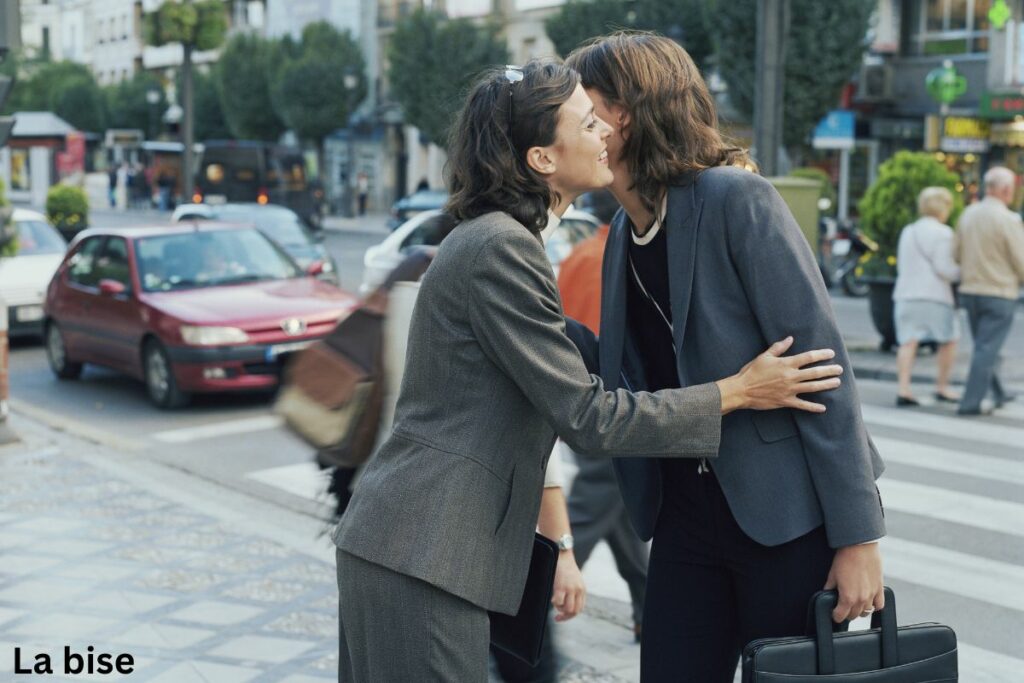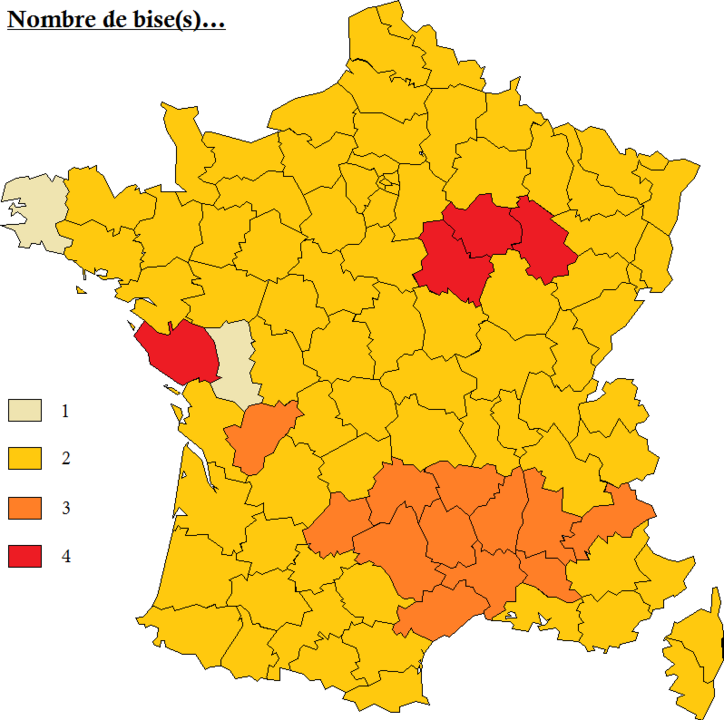Why Do the French Kiss Three Times? The Secrets Behind ‘La Bise’
If you’ve spent any time in France, you’re no doubt familiar with the unique greeting ritual of the bise. This traditional greeting involves kissing on the cheeks. But did you know the number of kisses can vary depending on where you are in France?
For those unfamiliar with French culture, this can lead to some awkward moments. Here’s everything you need to know about la bise, the kiss that is much more than a simple hello.
The Basics of ‘La Bise’

In France, la bise is a customary way to greet friends, family, and sometimes even acquaintances. It involves lightly touching cheeks and making a kissing, sucking sound.
But how many times do you kiss? That depends on where you are! While Paris tends to stick with two kisses, some regions, like Provence, go for three, and in certain areas of Loire Valley, four kisses are the norm.
It’s not just the number of kisses though, when and who you greet this way also varies.
A Complex Greeting Ritual
For non-French people, la bise can be confusing. Who do you greet with a kiss? Should you lean left or right? It turns out that there are many unwritten rules.
For example, among close friends and family, la bise is standard. However, it's not always appropriate in a professional setting.
And the starting side? In Paris, people tend to start on the right cheek, while in the south of France, it’s common to start on the left. Knowing the local customs can save you from some awkward social moments.
Why Do the French Kiss So Many Times?

The number of kisses has deep cultural roots, and it varies by region. Some say the tradition began centuries ago as a sign of respect or kinship. Over time, the bise became a symbol of warmth and familiarity.
The varying number of kisses might come from old customs that differ from town to town. In fact, there's even a "bise map" of France that shows how many kisses are expected in different regions.
La Bise in Modern France
Even though it’s a long-standing tradition, la bise has evolved, especially after the global pandemic. In recent years, many people have become more cautious about physical contact, and some now skip la bise in favor of a simple nod or handshake.
Despite this, la bise remains a strong cultural symbol in France, and most French people are quick to return to it as a sign of normalcy.
Bise Etiquette for Visitors
If you’re visiting France, here are a few tips to help you navigate the world of la bise. La bise is common among friends and family but might not be expected in formal situations or with strangers.
If you're unsure, let the other person initiate. In some regions, even a handshake might be more common.
Check with locals or observe those around you. Are they doing two kisses? Three? Better to know before you lean in! The French don’t expect visitors to know all the rules, so if you get it wrong, it’s no big deal. Just smile and go with the flow.
Wherever you travel in France, be it in Paris or in a relaxed village of Provence, the bise will likely be part of your experience. Here’s a quick guide for the different regions:
- Paris and Northern France: Two kisses are the norm.
- Provence and Southern France: Three kisses are common.
- Loire Valley and some western regions: Get ready for four kisses!
Why You Should Definitely Learn ‘La Bise’
Mastering la bise allows you to connect more deeply with the French and French culture. It shows that you blend like a local and are open to the warmth and familiarity that define French social interactions. So, next time you’re in France, give it a try!
